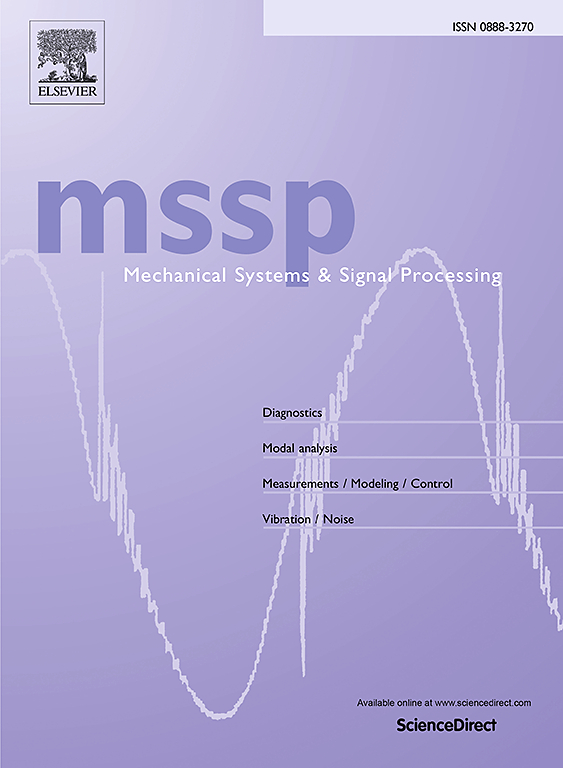A multi-axial Fatigue Damage Spectrum for the evaluation of the fatigue damage potential of multi-axis random vibration environments
IF 7.9
1区 工程技术
Q1 ENGINEERING, MECHANICAL
引用次数: 0
Abstract
The Fatigue Damage Spectrum (FDS) method has been a cornerstone in the characterization and evaluation of vibrational loads. However, the formulation of the FDS requires to simplify the Device Under Test (DUT) as a Single-Input-Single-Output system, while real components are, in general, Multi-Input Multi-Output (MIMO) systems. This strict assumption neglects the possibility of multi-axis testing. In MIMO random tests, one critical aspect is the phase and coherence between each pair of single-axis excitation. Nevertheless, the FDS is still used to define test-tailored specifications. In this context, this paper proposes an improved version of the traditional FDS to be used to classify multi-axis random vibration environments. In particular, the proposed approach improves the traditional formulation of the FDS by incorporating the correlation of multi-axial vibration environments, enabling a better evaluation of the fatigue damage potential of multi-axis random vibration environments. This paper provides the theoretical formulation of the proposed methodology as well as its experimental verification. The experimental verification showcases the capability of the method to evaluate the damage potential of different multi-axis and single-axis vibration environments. In the experiments, the MI-FDS has been able to identify the damage potential of different vibration environments and allow to synthesize a new damage equivalent vibration environment. The evaluation of the MI-FDS aligns with the actual time to failure of the tested specimens.
求助全文
约1分钟内获得全文
求助全文
来源期刊

Mechanical Systems and Signal Processing
工程技术-工程:机械
CiteScore
14.80
自引率
13.10%
发文量
1183
审稿时长
5.4 months
期刊介绍:
Journal Name: Mechanical Systems and Signal Processing (MSSP)
Interdisciplinary Focus:
Mechanical, Aerospace, and Civil Engineering
Purpose:Reporting scientific advancements of the highest quality
Arising from new techniques in sensing, instrumentation, signal processing, modelling, and control of dynamic systems
 求助内容:
求助内容: 应助结果提醒方式:
应助结果提醒方式:


